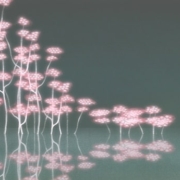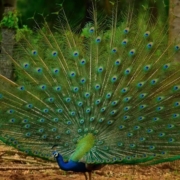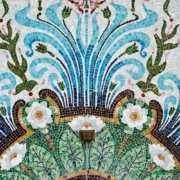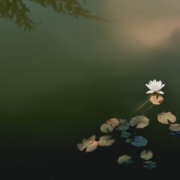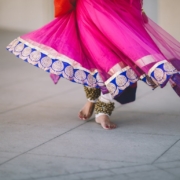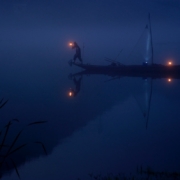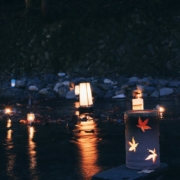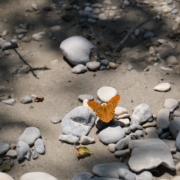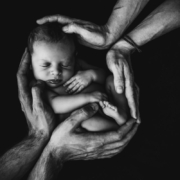You can listen to an audio version of this blog post here.
What is self compassion and what gets in our way of accessing it? It seems like an elusive concept. Most of us have not been raised or educated to appreciate self compassion yet, I’ve found it to be a potent medicine.
In conversations with those whom I work and from my own experience, self compassion gets confused with self pity or self indulgence.
Self Pity Isolates Us
Self pity is part of a reward/punishment system within myself that tells me that I have failed or life has failed, that I deserve to suffer and I am not worthy of compassion. Offering compassion from the point of view of the hardened heart, is seen as weakness and potentially a threat to what little protection I perceive myself as having. And self pity deserves our compassion.
Self Compassion Is Based On Our Shared Humanity
While my circumstances may be unique, the suffering I endure is not. Somewhere across this big wide world others suffer the way I have. That kind of reflection is not to diminish or bypass my experience; it is an opportunity for me to break the trance of isolation. A more subtle idea is that “soft hearted” self compassion might lead me into condoning others’ bad behavior. But the practice of self compassion offers me time and space to sort out my own experience. It protects me from being rushed by others’ expectations or timing. Self compassion reveals I can trust myself.
Above all else, self compassion is a wellspring of inclusivity we carry within ourselves and for those of us who can work in this way, we learn, with time, to include more of the rejected, neglected, denied parts of ourselves into our hearts. The more of ourselves we are able to invite back into our hearts, the more contentment we experience: we are not waiting for the world to be different. We can free ourselves and free others.
I’ll end with a simple practice of embodied self compassion inspired by an excerpt from Antonio Mercado’s poem called “Last Night As I Was Sleeping”
“Last night as I was sleeping,
I dreamt—marvelous error!
that I had a beehive
here inside my heart.
And the golden bees
were making white combs
and sweet honey
from my old failures.”
Take a moment to let that image land in your heart and body. Imagine offering “white combs and sweet honey” to yourself.

